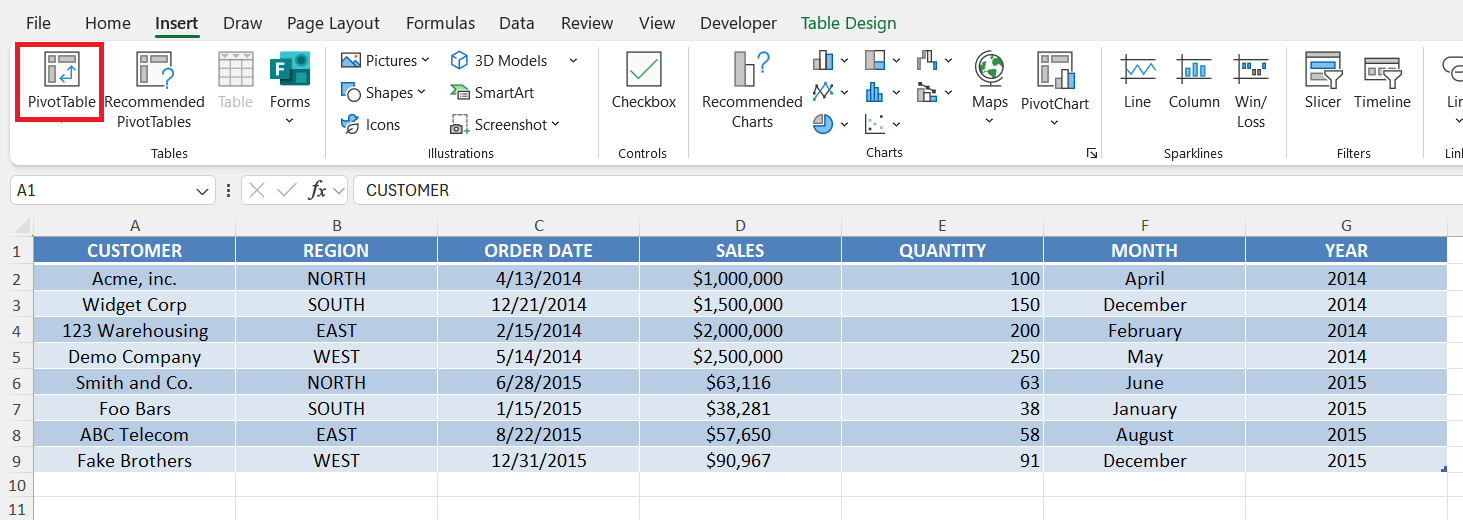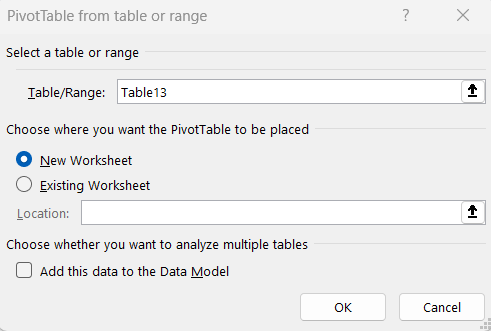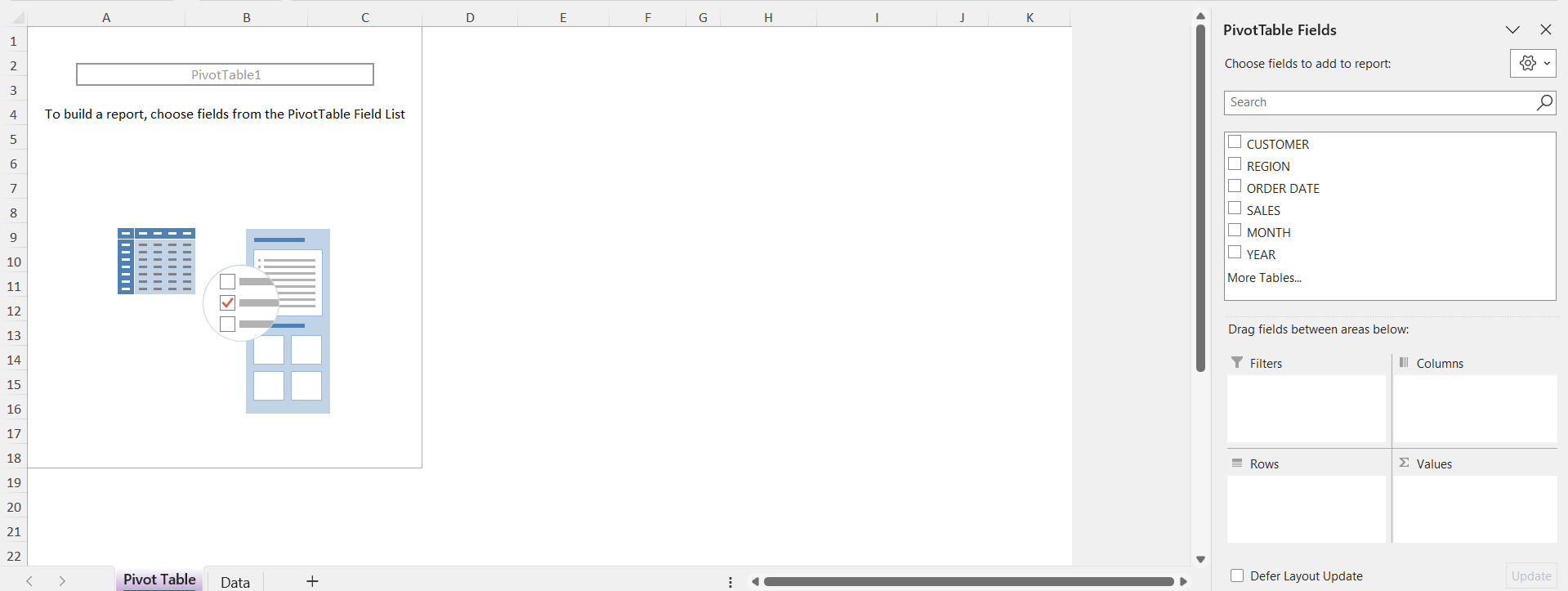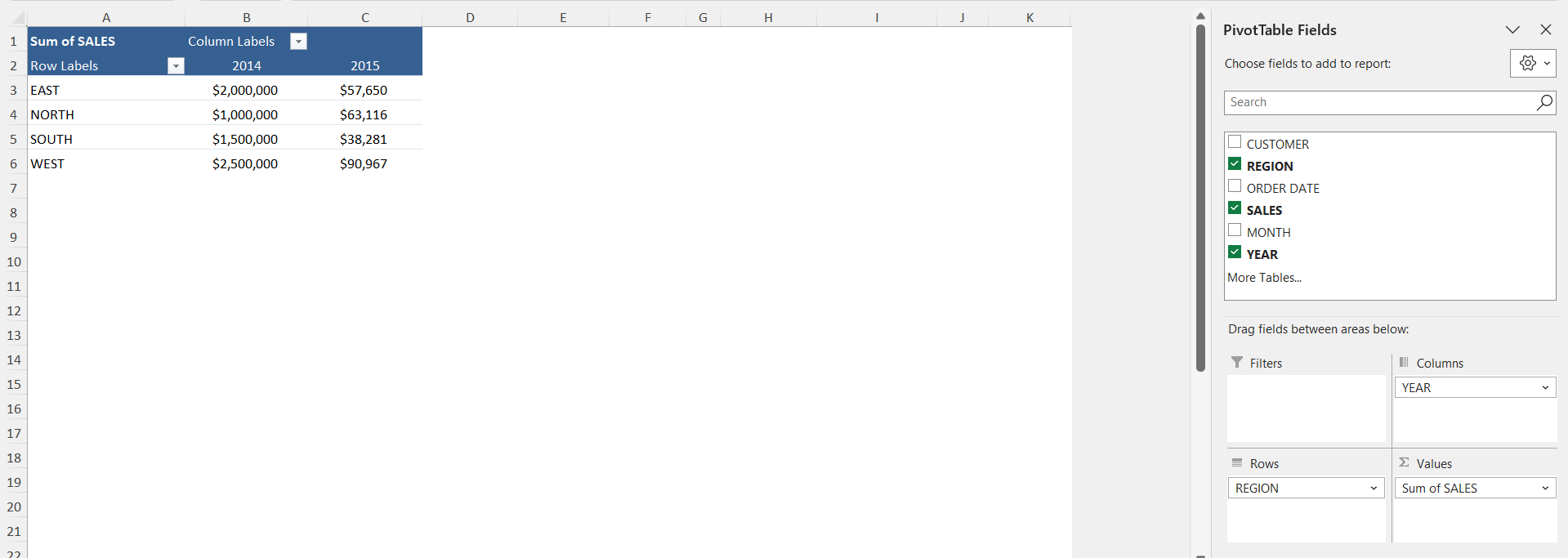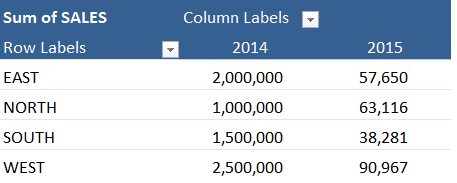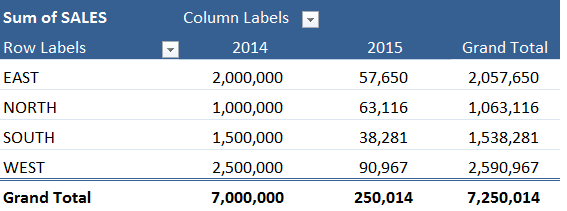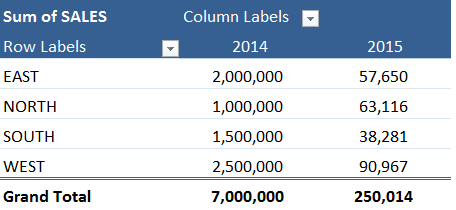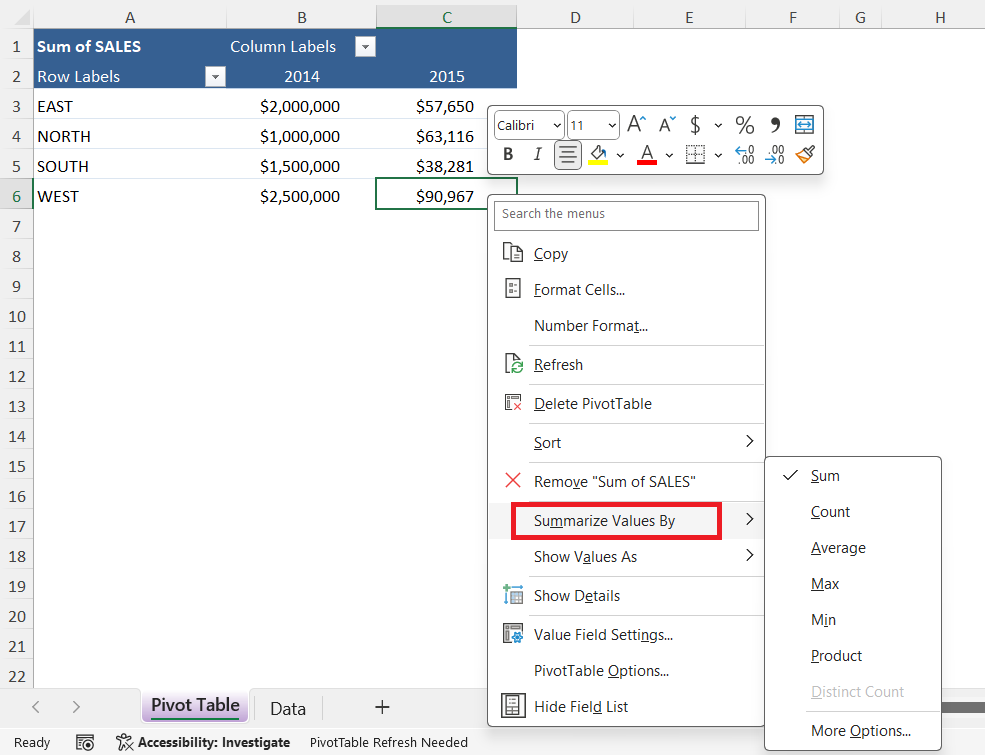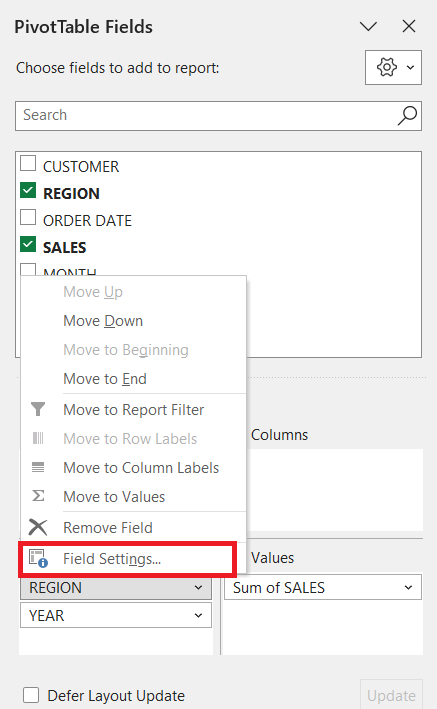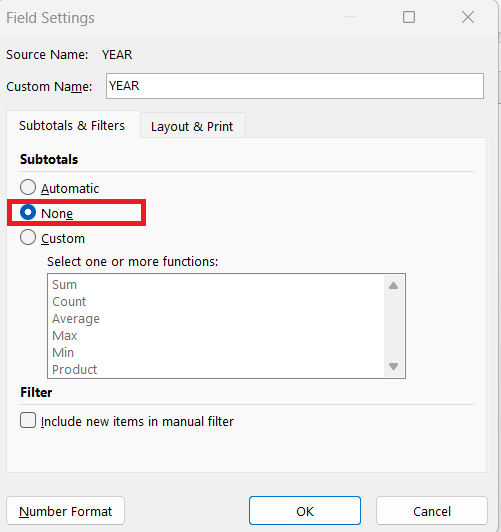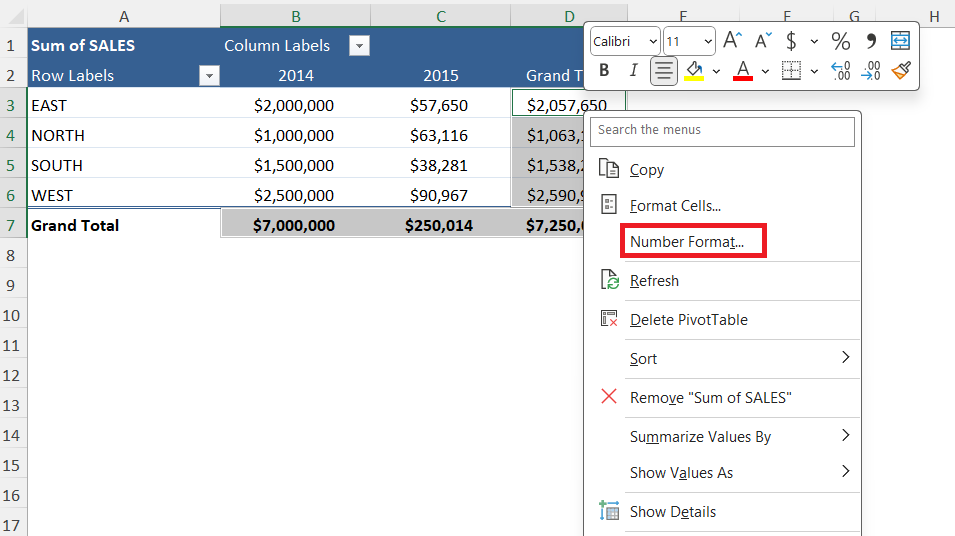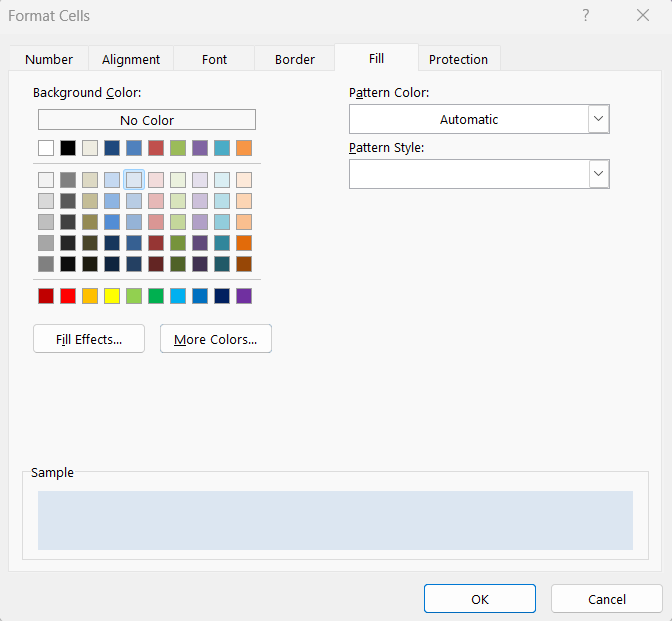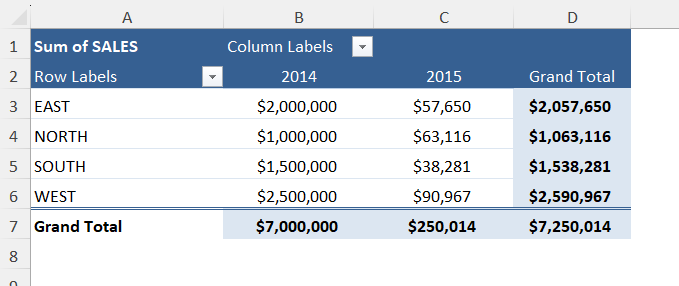One of the most powerful and frequently used tools within Pivot Tables is the “Grand Totals” feature. Grand Totals provide an at-a-glance summary of your data, whether you’re tracking sales, inventory, survey responses, or any metric that needs aggregation. In this article, I’ll walk you through not only how to insert Grand Totals to a Pivot Table, but also why they matter, how to customize them, and tips I’ve learned through years of working with Pivot Tables. Let’s dive in!
Key Takeaways:
- Grand Totals provide quick, big-picture insights from your Pivot Table.
- You can display totals for rows, columns, or both.
- Customization allows different calculations (sum, average, count, etc.) for each field.
- Hiding subtotals can make the table cleaner and emphasize the Grand Total.
- Formatting Grand Totals helps draw attention to important summary data.
Download excel workbookGrandTotals.xlsx
Table of Contents
Why Grand Totals Matter in Pivot Tables
Before I get into the step-by-step process, it’s important to understand the “why.” Grand Totals display the sum, average, count, or other aggregate of all your data in rows, columns, or both, depending on your configuration. When I’m presenting data to colleagues or decision-makers, having Grand Totals visible ensures that everyone sees the big picture, not just the individual data points. It can highlight overall trends, help with quick decision-making, and often uncovers insights that might otherwise be missed when you’re only looking at segments.
Grand Totals in Pivot Table
Creating Your Pivot Table
First, let’s assume you already have your data organized in an Excel table. If not, I always recommend cleaning up your data first—remove blank rows, ensure headers are present, and format your data as a table (using Ctrl + T). Once that’s done, here’s how I typically create a Pivot Table:
STEP 1: I click anywhere inside my data table. Then, I go to the Insert tab on the Ribbon and select PivotTable.
STEP 2: In the dialog box that appears, I confirm the data range and choose whether I want my Pivot Table in a new worksheet or an existing one.
STEP 3: Now, I click OK, and my blank Pivot Table appears, ready for customization.
STEP 4: I drag the relevant fields into the Rows, Columns, and Values areas in the Pivot Table Field List
Insert Grand Totals to a Pivot Table: Step-by-Step Guide
STEP 1: Click in your Pivot Table and go to PivotTable Tools > Design > Grand Totals
STEP 2: Choose any of the options below:
SHORTCUT TIP: You can also remove a Grand Total by right-clicking on the Grand Total heading and choosing Remove Grand Total
Advanced Grand Totals: Beyond the Basics
Customizing Grand Totals
Sometimes, I want to tweak how Grand Totals in a Pivot Table are calculated. For example, if I have multiple Value fields—such as Sales and Quantity—I might want to show averages for one field and sums for another.
I right-click on the Value field in the Pivot Table. Select Summarize Values By, then choose my desired calculation (Sum, Count, Average, etc.).
This customization flows through to the Grand Totals, ensuring they reflect the calculation I need.
Showing or Hiding Subtotals
Sometimes, Grand Totals can make the table look busy, especially if there are also Subtotals for each group. If I want a cleaner look, I can hide Subtotals:
STEP 1: Click on the field in either the Row or Column Labels in the Pivot Table Field List. Click the drop-down arrow, select Field Settings.
STEP 2: Under Subtotals & Filters, choose None.
This leaves only the Grand Totals visible, making the summary stand out.
Formatting Grand Totals
A neat trick I use is to make Grand Totals stand out by applying special formatting. Here’s what I do:
STEP 1: Select the Grand Total cell(s). Right-click and choose Number Format.
STEP 2: Apply bold text, a different background color, or even conditional formatting to highlight unusually high or low totals.
This helps draw attention to the summary data when sharing reports.
FAQs
1. What are Grand Totals in Pivot Tables?
Grand Totals are summary values that aggregate all the data in your Pivot Table, such as sums, averages, or counts. They provide an at-a-glance view of the total results without requiring you to manually calculate them. These totals can be shown for rows, columns, or both, depending on how your table is set up. By summarizing the entire dataset, they help you understand the big picture and make the Pivot Table more insightful. Without Grand Totals, your report might feel incomplete or require extra manual calculations.
2. Why should I use Grand Totals?
Grand Totals give decision-makers a clear snapshot of overall performance, trends, or totals in the dataset. Instead of analyzing each row or category individually, you can see the sum or average in one quick glance. This makes reporting more efficient and can reveal patterns or anomalies that aren’t obvious in individual data points. They also save time during meetings or presentations by providing a single reference point. In short, they keep both analysis and communication simple but effective.
3. How do I insert Grand Totals to a Pivot Table?
To insert Grand Totals, click anywhere in your Pivot Table, go to PivotTable Tools > Design > Grand Totals, and select the desired option. You can display totals for rows, columns, or both, depending on your needs. A faster alternative is to right-click on the Grand Total area and choose Add Grand Total or Remove Grand Total. These settings update instantly and can be toggled on or off at any time. Once applied, the Grand Totals will automatically adjust as your data changes.
4. Can I customize how Grand Totals are calculated?
Yes, Pivot Tables allow you to choose different calculations for your Grand Totals. Simply right-click on a value, select Summarize Values By, and pick an option like Sum, Count, Average, Max, or Min. This flexibility is especially useful if you have multiple metrics, such as sales and quantities, that require different types of aggregation. For example, you might sum sales while averaging customer satisfaction scores. Customizing calculations ensures that your Grand Totals remain relevant to your specific analysis.
5. How do I format Grand Totals for better visibility?
Formatting Grand Totals helps them stand out in your reports and makes important insights more noticeable. To do this, select the Grand Total cell(s), right-click, and choose Number Format to adjust currency, decimals, or percentage styles. You can also apply bold text, background colors, or conditional formatting to highlight specific thresholds. These visual cues make it easier for viewers to quickly identify the most important numbers. Well-formatted Grand Totals can transform a plain Pivot Table into a polished, presentation-ready report.
John Michaloudis is a former accountant and finance analyst at General Electric, a Microsoft MVP since 2020, an Amazon #1 bestselling author of 4 Microsoft Excel books and teacher of Microsoft Excel & Office over at his flagship MyExcelOnline Academy Online Course.


